oral third generation cephalosporin
Cephalosporin Cephalosporin Basic structure of cephalosporins Class identifiers UseBacterial infection Clinical data External links Zephalosporins (sg.) are a kind of origin derived from , which was previously known as "Cephalosporium". cephalosporins Together with , they constitute a subgroup of antibiotics β-lactam called . The cephalosporins were discovered in 1945, and the first was sold in 1964. ContentDiscovery[] The aerobic mould that yielded was found in the sea near a wastewaterfall in Su Siccu, by port in, by the pharmacologist in July 1945. Medical uses[] Epiphalosporins are indicated for the treatment and treatment of infections caused by susceptible to this particular form of antibiotic. First-generation cephalosporins are predominantly active against bacteria, such as and . Therefore, they are mainly used for skin infections and soft tissue and for the prevention of surgical infections with hospital needs. Successful generations of cephalosporins have increased activity against bacteria, although often with reduced activity against pompous organisms. The antibiotic can be used for patients who are allergic to penicillin due to the different structure. The medicine is able to be excreted in the urine. Side effects[]Common (ADRs) (≥ 1% of patients) associated with cephalosporin therapy include: diarrhea, nausea, rash, electrolyte alterations, and pain and inflammation at the injection site. Frequent ADRs (0.1–1% of patients) include vomiting, headache, dizziness, oral and vaginal, , , , , , , , , , and . The commonly cited figure of 10% of patients with allergic hypersensitivity to and/or also with cross-reactivity with cephalosporins originated from a 1975 study looking at the original cephalosporins, and the subsequent "security first" policy meant that this was widely cited and assumed to apply to all members of the group. Therefore, it was commonly stated that they are contraindicated in patients with a history of severe and immediate allergic reactions (, , , etc.) to penicillins, , or cephalosporins. This, however, should be seen in the light of recent epidemiological work that suggests, for many second-generation (or later) cephalosporins, the rate of cross-reactivity with penicillin is much lower, without having a significantly greater risk of reactivity over the first generation based on the studies examined. The blanket warnings issued earlier of 10% cross-reactivity, but since the September 2008 edition suggests, in the absence of appropriate alternatives, orals or cefuroxime and cefotaxime injection, , and ceftriaxone can be used with caution, but the use of cefachlor, cefadrocil, cefalexine and cefradine should be avoided. In general, the research shows that all beta lactam have the intrinsic danger of very serious dangerous reactions in susceptible patients. Only the frequency of these reactions varies, based on the structure. Recent documents have shown that an important feature in determining the frequency of immune reactions is the similarity of the lateral chains (e.g., first-generation headaches are similar to penicillins), and this is why β-lactams are associated with different frequencies of severe reactions (e.g. anaphylaxis). [] Several cephalosporins are associated with and a reaction similar to ethanol. These include (), , , , , , , and . It is believed that this is due to the lateral chain of these cephalosporins, which blocks the enzyme (such as causing hypotrombinemia) and ( causing alcohol intolerance). Thus, alcohol consumption after taking oral or intravenous Cephalosporin is contraindicated, and in severe cases it can lead to death. [] Mechanism of action[] Cephalosporins are and have the same mode of action as other β-lactam antibiotics (such as penicillins), but are less susceptible to . Cephalosporins interrupt the synthesis of the layer by forming the bacterial. The peptidoglycan layer is important for the structural integrity of the cell wall. The final step of transpeptidation in the synthesis of peptidoglycan is facilitated by (PBPs). The PBPs join the D-Ala-D-Ala at the end of the wallpeptides (Petidoglycan precursors) to cross the peptidoglycan. Beta-lactam antibiotics mimic the D-Ala-D-Ala site, which irreversibly inhibits the peptidoglycan PBP crossing. Resistance[] Resistance to cephalosporin antibiotics may involve a reduced affinity of existing PBP components or the acquisition of a supplemental PBP of β-lactam. Currently, some , , , and strains are resistant to cephalosporins. Some , , , , and strains have also developed resistance to cephalosporins in different degrees. Classification[] The nucleus of cephalosporin can be modified to obtain different properties. Zephalosporins are sometimes grouped into "generations" for their properties. The first cephalosporins were designated first-generation cephalosporins, while later the most widespread cephalosporins were classified as second-generation cephalosporins. Each new generation has significantly higher antimicrobial properties than the previous generation, in most cases with less activity against pomic organisms. However, fourth-generation cephalosporins have true broad spectrum activity. The classification of cephalosporins in "generations" is commonly practiced, although the exact categorization is often inaccurate. For example, the fourth generation of cephalosporins is not recognized as such in Japan.[] In Japan, cephachlorine is classified as first-generation cephalosporin, although in the United States it is a second generation; and cefbuperazone, cefminox and cefotetano are classified as second-generation cephalosporins. Cefmetazole and cefoxitin are classified as third-generation cephemas. Flomoxef and latamoxef are in a new class called. Most first-generation cephalosporins were originally spelled "cef-" in English-speaking countries. This remains the preferred spelling in the United States, Australia and New Zealand, while European countries (including the United Kingdom) have adopted the , which are always written "cef-". The first-generation cephalosporins and all the cephalosporins of later generations are written "cef-", even in the United States. Some claim that cephalosporins can be divided into five or even six generations, although the usefulness of this organization system is of limited clinical relevance. The fourth-generation cephalosporins since March 2007, were considered "a class of highly potent antibiotics that are among the last defenses of medicine against several serious human infections" according to . The mnemonic "LAME" is used to observe organisms against which cephalosporins have no activity:[] However, fifth-generation cephalosporins are effective against the MRSA. [] Generation Members Description 1 Positive: Activity contra la producción de penicilinasa, la methicillina-sosceptible y (although not the medications of choice for such infections). There is no activity against staphylococci resistant to methicilline or .[] Gram-negative: Activity against , some , and ("PEcK"), but do not have activity against , , , , , , indole-positive , or .[] 2 Anti-Aerobic activity: The following cephemas are also sometimes grouped with second-generation cephalosporins: Positive: Less than the first generation. [] Gram-negative: Larger than the first generation: HEN, and some + PEcK described above. [] 3 Antipseudomonal activity: These cephemas are also sometimes grouped with third-generation cephalosporins: Positive: Some members of this group (in particular those available in oral formulation, and those with antiseudomonal activity) have decreased activity against grampositive organisms. The activity against stafilococci and streptococci is less with the third generation compounds than with the first and second generation compounds. Gram-negative: Third-generation cephalosporins have a broad spectrum of activity and increased activity against gram-negative organisms. They may be particularly useful in treatment, although the increase in protracted-spectrum beta-lactamasas levels are reducing the clinical usefulness of this kind of antibiotics. They are also able to penetrate , making them useful against meningitis caused by pneumococci, meningococci, H. influenzae, and E. coli susceptible, Klebsiella, and penicillin resistant N. gonorrhoeae. Since August 2012, third-generation cephalosporin, ceftriaxone, is the only recommended treatment for gonorrhea in the United States (in addition to azithromycin or doxycycline for the treatment of concurrent clomydia). Cefiximo is no longer recommended as first-line treatment due to evidence of decreased susceptibility. 4 These cephemas are also sometimes grouped with fourth-generation cephalosporins: Note:Codem is not approved for human use. It's for veterinary medicine. Positive: They are extended spectrum agents with similar activity against grampositive organisms such as first-generation cephalosporins. [] Gram-negative: The fourth-generation cephalosporins are that they can penetrate the Gram-negative bacteria. They also have greater resistance to β-lactamasas than third-generation cephalosporins. Many can cross and are effective in . They are also used against .[] Cefiderocol has been called fourth-generation cephalosporin for only one source since November 2019. 5 it has been described as a cephalosporin of "fifth generation", although the acceptance of this terminology is not universal. Ceftobiprole has antiactivity and appears to be less susceptible to the development of resistance. It has also been described as cephalosporin "fifth generation", but does not have the activity against Pseudomonas aeruginosa or enterococci resistant to vancomycin that ceftobiprole has. Ceftaroline has activity against MRSA. is an option for treating complicated intraabdominal infections and complicated urinary tract infections. It is combined with the inhibitor, as multi-drug-resistant bacterial infections will usually show resistance to all unless this enzyme is inhibited. Others: These cephemes have progressed far enough to be appointed, but have not been assigned to a given generation: is a chronogenic cephalosporin substrate and is used for β-lactamass detection. [] Positive: Gram-negative: Activity contra , algunos , y ("PEcK"), pero no tienen actividad contra , , , , , , indole-positive , o .[] Gram-negative: Anti-Aerobic Activity: The following cephemas are also sometimes grouped with second-generation cephalosporins: Positive: Gram-negative: Larger than the first generation: HEN, and some + the PEcK described above. [] Gram-negative: Antipseudomonal Activity: These cephemas are also sometimes grouped with third-generation cephalosporins: Positive: The activity against stafilococci and streptococci is less with the third generation compounds than with the first and second generation compounds. Gram-negative: Third-generation cephalosporins have a broad spectrum of activity and increased activity against gram-negative organisms. They may be particularly useful in treatment, although the increase in protracted-spectrum beta-lactamasas levels are reducing the clinical usefulness of this kind of antibiotics. They are also able to penetrate , making them useful against meningitis caused by pneumococci, meningococci, H. influenzae, and E. coli susceptible, Klebsiella, and penicillin resistant N. gonorrhoeae. Since August 2012, third-generation cephalosporin, ceftriaxone, is the only recommended treatment for gonorrhea in the United States (in addition to azithromycin or doxycycline for the treatment of concurrent clomydia). Cefiximo is no longer recommended as first-line treatment due to evidence of decreased susceptibility. Gram-negative: These cephemas are also sometimes grouped with fourth-generation cephalosporins: Note:Codem is not approved for human use. It's for veterinary medicine. Positive: Gram-negative: The fourth generation cephalosporins are that they can penetrate the Gram-negative bacteria. They also have greater resistance to β-lactamasas than third-generation cephalosporins. Many can cross and are effective in . They are also used against .[] Gram-negative: Cefiderocol has been called fourth-generation cephalosporin for only one source since November 2019. History ]The compounds of ephalosporin were first isolated from cultures of a sewer in 1948 by Italian scientists. He realized that these cultures produced substances that were effective against, the cause of , that had β-lactamasa. and in the isolated. The nucleus of cephalosporin (7-ACA), was derived from cephalosporin C and turned out to be analogous to the penicillin nucleus (6-APA), but was not strong enough for clinical use. The modification of the 7-ACA side chains led to the development of useful antibiotic agents, and the first agent (cefalothin), was launched in 1964. [] ################ /(inhibiting cross links)(1st generation) (2nd generation) (3rd generation) (4th generation) (4th generation) Other / () Combinations Other (1st generation) (2nd generation) (3rd generation) (4th generation) (4th generation) Other / () Combinations (1st generation) (2nd generation) (3rd generation) (4th generation) (4th generation) Other (1st generation) (2nd generation) (3rd generation) (4th generation) (4th generation) Other Navigation menu Personal tools Named spaces Variants Views More Search Navigation Contributed Tools Printing/exporting Other projects Languages

Cephalosporins and cephamycins
Summary of differences between the four generations of cephalosporins – Drugood

Fifth generation cephalosporins 2011
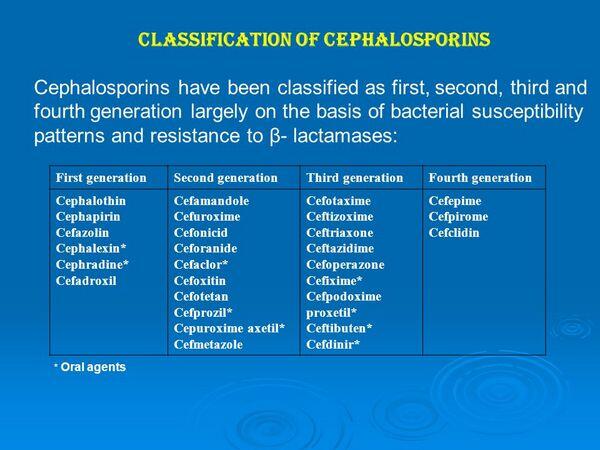
Cephalosporins - Bronchitis - AntiinfectiveMeds.com

3rd Generation Cephalosporins Flashcards | Quizlet

Distribution of oral cephalosporins by generation | Download Scientific Diagram
Table 5. Fourth-Generation Cephalosporins Table 6. In Vitro Activity of Select Oral First and Second Generation Cephalosporins Against Select Pathogens [MIC50/MIC90 (mg/ml)] Table 7. In Vitro Activity of Select Oral Third-Generation Cephalosporins ...

Third generation Cephalosporins | Download Scientific Diagram
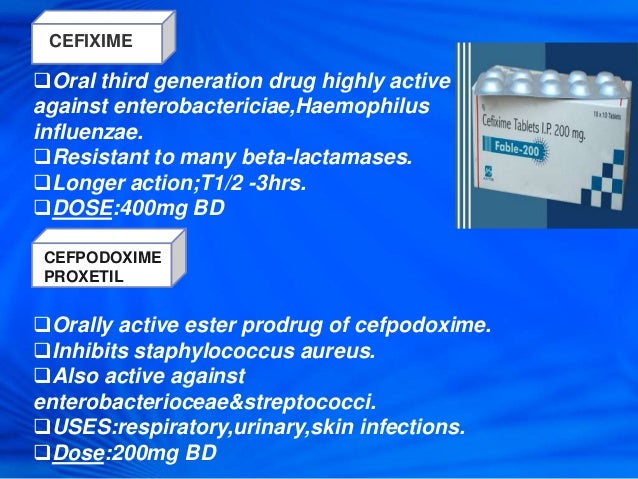
CEPHALOSPORINS

CEPHALOSPORINS. - ppt download

Third Generation Cephalosporins in the Parenteral to Oral Switch | Semantic Scholar

New oral cephalosporins in pediatric community-acquired infections - Clinical Microbiology and Infection
Cephalosporin - Wikipedia
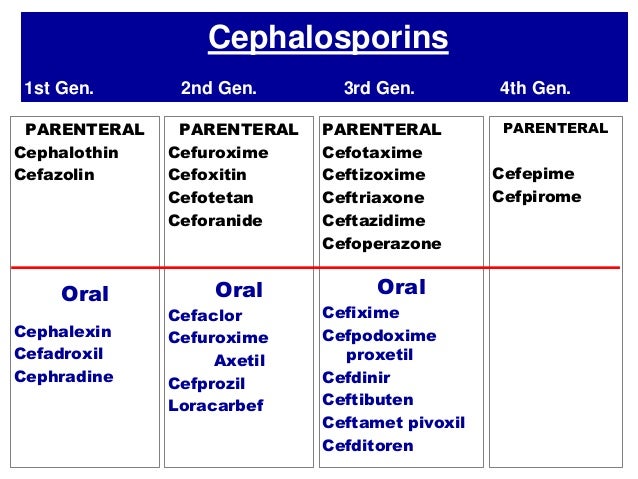
Cephalosporins
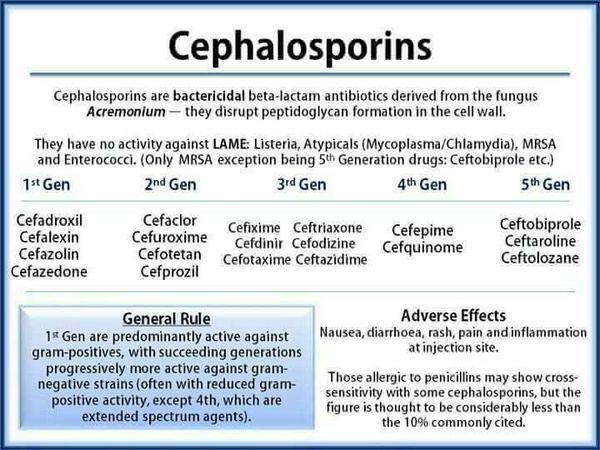
Cephalosporins - Pneumonia - AntiinfectiveMeds.com

med chem exam 3 antibiotics part 1 continued Flashcards | Quizlet

How To Remember Cephalosporin Classification In 4 Minutes?? - YouTube

Cephalosporins Teaching Basics

Antibiotics Review Part II: basic antimicrobial Principles including Penicillins, Cephalosporins

Cephalosporin - Wikipedia

Class, Grouping, and Defined Daily Dose of Antimicrobial Agents | Download Table
Early intravenous to oral switch therapy in community-acquired pneumonia is advantageous

Determination of third-generation cephalosporins by high-performance liquid chromatography in connection with pharmacokinetic studies - ScienceDirect
Third Generation Cephalosporin | New Health Advisor

الجمعية المصرية للصيادلة الاكلينيكيين | Facebook
Cephalosporin Antibiotics

Association between extended-spectrum β-lactamase–producing Escherichia coli and oral third-generation cephalosporins | Infection Control & Hospital Epidemiology | Cambridge Core
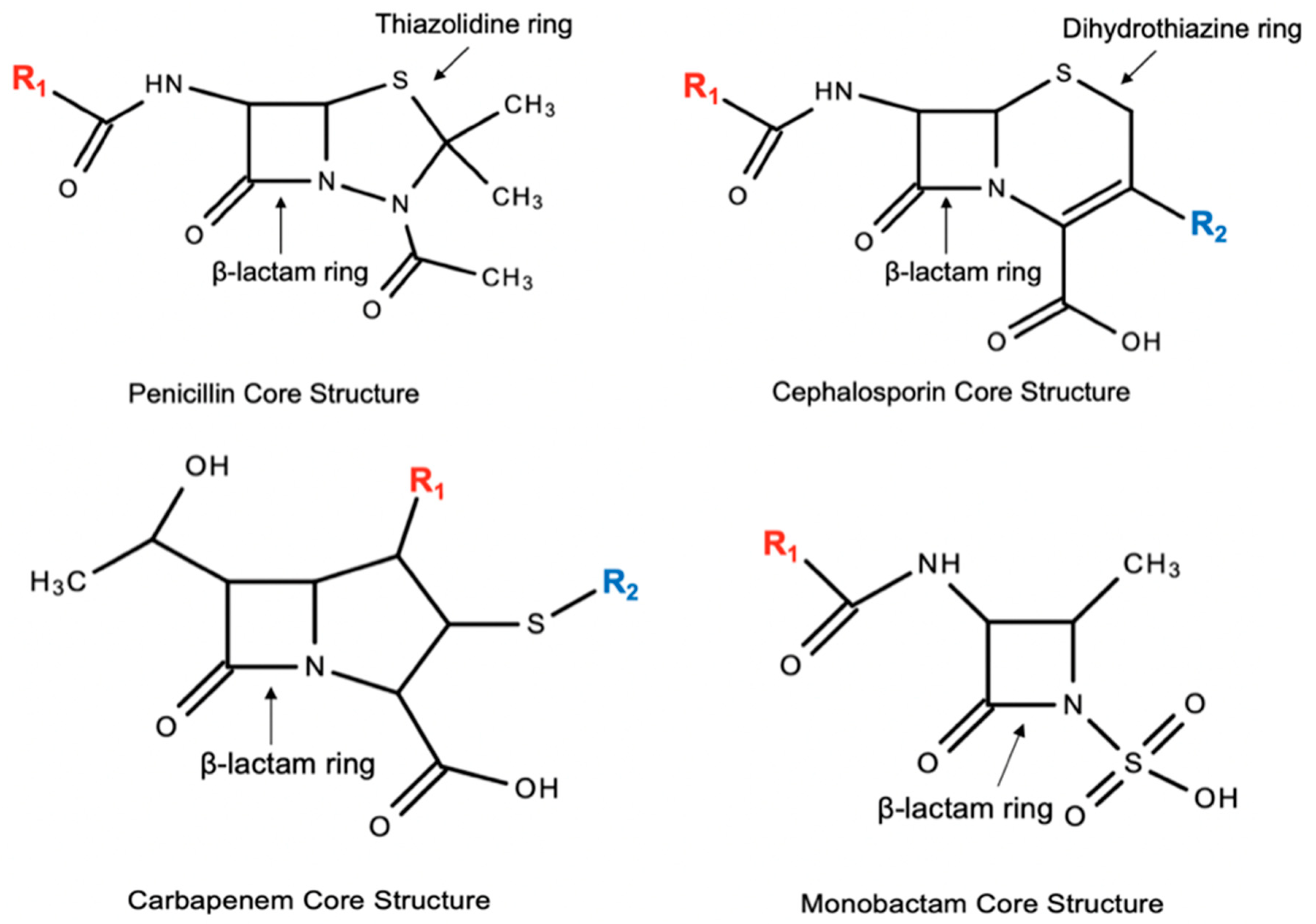
Pharmacy | Free Full-Text | Cephalosporins: A Focus on Side Chains and β-Lactam Cross-Reactivity | HTML
The pharmacokinetics of oral cephalosporins
Outcomes of Third-Generation Cephalosporin Plus Ciprofloxacin or Doxycycline Therapy in Patients with Vibrio vulnificus Septicemia: A Propensity Score-Matched Analysis
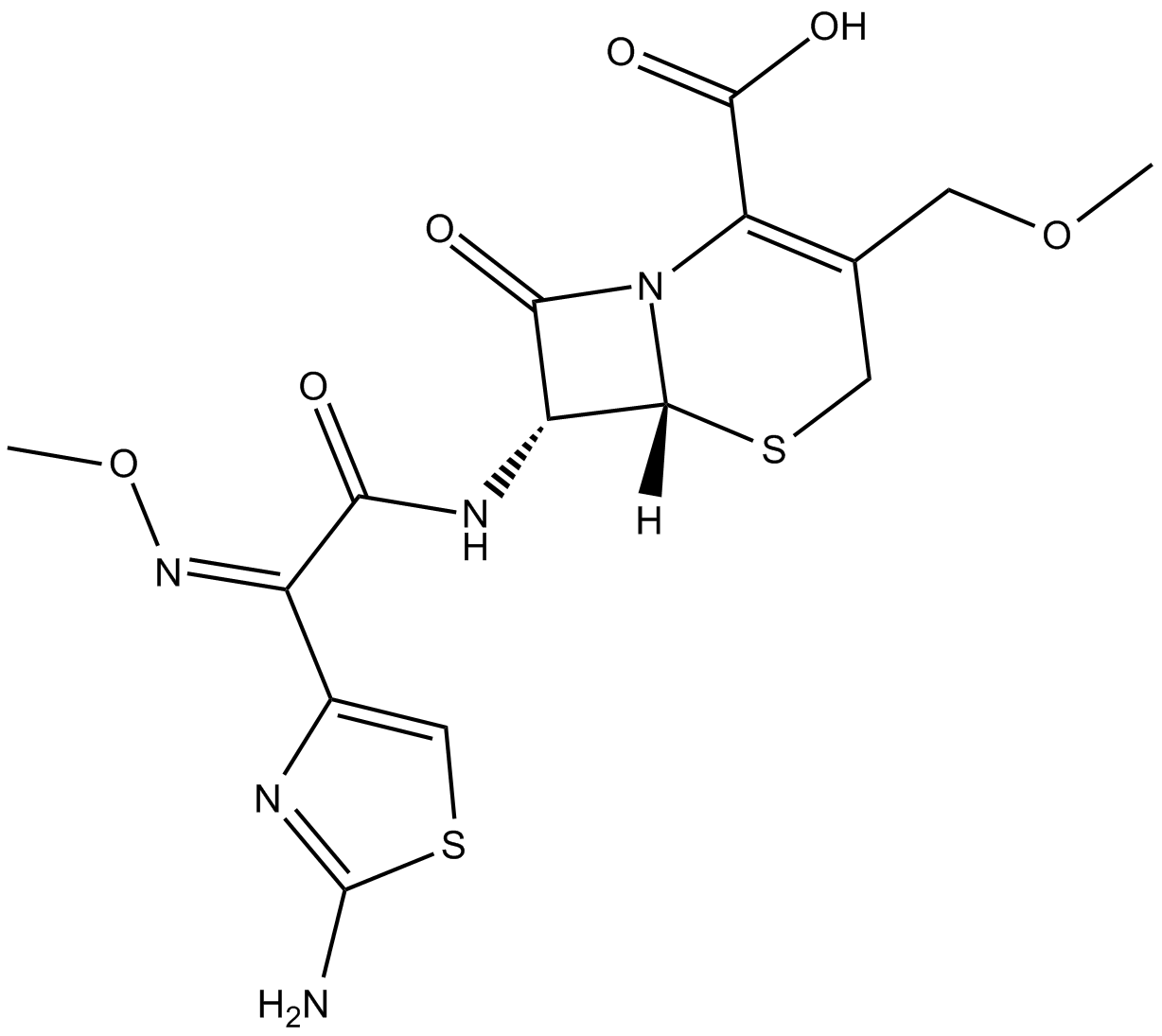
APExBIO - Cefpodoxime (free acid) | metabolite of cefpodoxime proxetil, the oral third generation cephalosporin antibiotic. | CAS# 80210-62-4

31 Antibiotics ideas | antibiotic, pharmacology nursing, pharmacology

Clinical Response to Discordant Therapy in Third-Generation Cephalosporin-Resistant UTIs | American Academy of Pediatrics

Cephalosporin Pharmacology - Mnemonics | Epomedicine

Clinical Benefit of Appropriate Empirical Fluoroquinolone Therapy for Adults with Community-Onset Bacteremia in Comparison with Third-Generation- Cephalosporin Therapy | Antimicrobial Agents and Chemotherapy

Cephalosporins Pharmacology | Medicines Made Simple!

Characteristics of patients treated with 3 rd generation cephalosporins... | Download Table
Table 5. Fourth-Generation Cephalosporins Table 6. In Vitro Activity of Select Oral First and Second Generation Cephalosporins Against Select Pathogens [MIC50/MIC90 (mg/ml)] Table 7. In Vitro Activity of Select Oral Third-Generation Cephalosporins ...

Intermittent Education and Audit and Feedback Reduce Inappropriate Prescribing of Oral Third-Generation Cephalosporins for Pediatric Upper Respiratory Tract Infections - Joint Commission Journal on Quality and Patient Safety
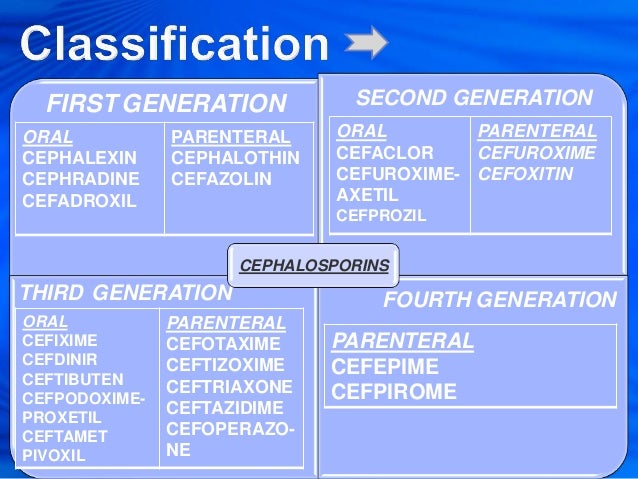
CEPHALOSPORINS
Posting Komentar untuk "oral third generation cephalosporin"